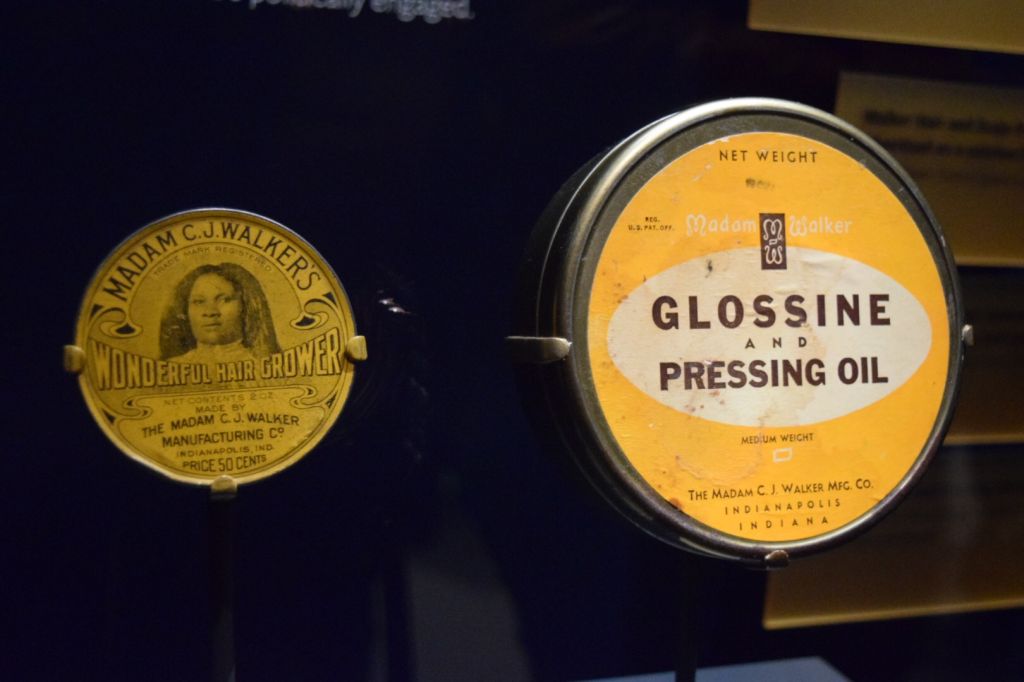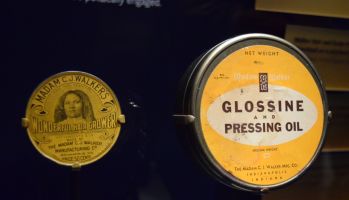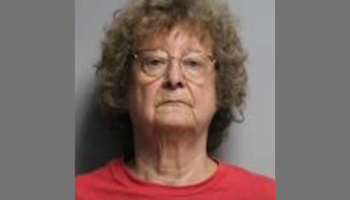
Source: Danielle James / Hello Beautiful
Madam C.J. Walker, born Sarah Breedlove, created specialized hair products for African-American hair and was one of the first American women to become a self-made millionaire.
At age 14, to escape both her oppressive working environment and the frequent mistreatment she endured at the hands of her brother-in-law, Sarah married a man named Moses McWilliams. On June 6, 1885, Sarah gave birth to a daughter, A’Lelia. When Moses died two years later, Sarah and A’Lelia moved to St. Louis, where Sarah’s brothers had established themselves as barbers. There, Sarah found work as a washerwoman, earning $1.50 a day—enough to send her daughter to the city’s public schools. She also attended public night school whenever she could. While in St. Louis, Breedlove met her second husband Charles J. Walker, who worked in advertising and would later help promote her hair care business.
During the 1890s, Sarah Breedlove developed a scalp disorder that caused her to lose much of her hair, and she began to experiment with both home remedies and store-bought hair care treatments in an attempt to improve her condition. In 1905, Breedlove was hired as a commission agent by Annie Turnbo Malone—a successful, black, hair care product entrepreneur—and she moved to Denver, Colorado. While there, Breedlove’s husband Charles helped her create advertisements for a hair care treatment for African Americans that she was perfecting. Her husband also encouraged her to use the more recognizable name “Madam C.J. Walker,” by which she was thereafter known.
In 1907, Walker and her husband traveled around the South and Southeast promoting her products and giving lecture demonstrations of her “Walker Method”—involving her own formula for pomade, brushing and the use of heated combs.
Madam C.J. Walker died of hypertension on May 25, 1919, at age 51, at the estate home she had built for herself in Irvington-on-Hudson, New York. At the time of her death, Walker was sole owner of her business, which was valued at more than $1 million. Her personal fortune was estimated at between $600,000 and $700,000. Today, Walker is widely credited as one of the first American women to become a self-made millionaire.
Walker left one-third of her estate to her daughter, A’Lelia Walker—who would also become well-known as an important part of the cultural Harlem Renaissance—and the remainder to various charities. Walker’s funeral took place at her home, Villa Lewaro, in Irvington-on-Hudson, which was designated a National Historic Landmark, and she was buried at Woodlawn Cemetery in the Bronx, New York.
In 1927, the Walker Building, an arts center that Walker had begun work on before her death, was opened in Indianapolis. An important African-American cultural center for decades, it is now a registered National Historic Landmark. In 1998, the United States Postal Service issued a stamp of Madam C.J. Walker as part of its “Black Heritage” series.



















